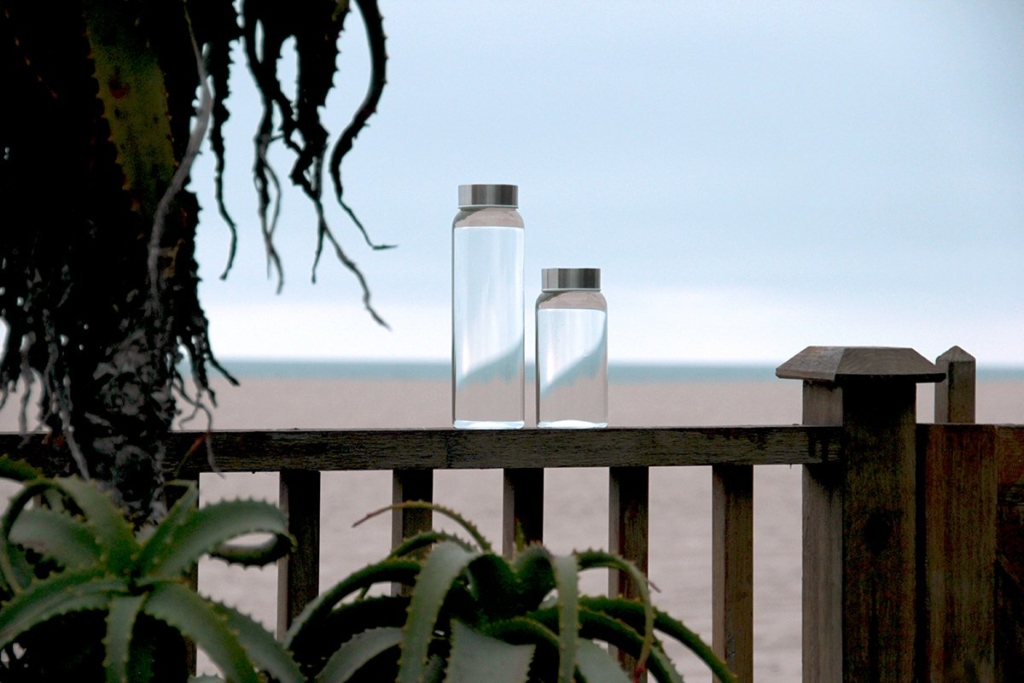
After a bad mental health day, retreating to your bed with Netflix seems like the perfect antidote. But what if it’s doing more harm than good? While it’s necessary to wind down, it can be easy to fall into the habit of isolating for days at a time, making it harder to bounce back in the long run. But what if you never had alone time? If you were forced to interact with your peers? This might sound a little extreme, but hear me out.
Co-living spaces are redefining the concept of a home as we know it. They have been dubbed everything from a “dorm for grown-ups” to “hacker houses”. They encompass a massively unique and diverse range of models, from co-housing mutuals to options in the private rental sector. They also seek to promote social contact and build community, so much so that some communities have specific focuses – whether it be wellness, creation or creativity, and technology, amongst others.
Jamie Willock, former resident of Up(st)Art in Hollywood, California lived in the “creative living” space for seven months. UP(st)Art, as defined on its site, is a shared space where artists, actors, musicians, DJs, models, comedians, writers, directors, and dancers can live, play, collaborate, and create together. Willock would not have been able to get his start in Los Angeles had it not been for the affordability of the co-living option.
“I did not have the income to sustain living in a private apartment on a temporary assistant’s wage. I needed something quick. The plan was always to move out as soon as I found employment,” said Willock “I moved here after turning down a starting job in Chicago at an ad-agency with no car, no money, and not many friends. Up(st)Art allowed me to start up my career in Hollywood. And I wouldn’t take back my decision to live there for anything in the world.”
Co-living spaces offer people fully furnished spaces to live, eat, cook and meet others. You share common areas including the kitchen, working rooms, and sometimes even yoga rooms and in-home theatres. Many also host events and/or dinners provided by the community to further enhance those connections and relationships. Not all co-living spaces are created equal, though, and they will look different across the globe. (Fun fact: it is gaining popularity amongst young families to try this type of housing!)
There are a few drawbacks to consider when thinking about opting for a co-living option. Including one major haphazard variable: strangers. People who might get on your nerves, get way too up in your space and be fighting for the prime shower hour. Especially if you’re sharing two bathrooms amongst 18 people, as Willock had to do. While he wouldn’t exchange his experience for everything, he felt there were a few “catches”.
“The catch is that you have to live with so many people from different backgrounds while maintaining rules and respecting each other every day. There are many different personalities and living with people after college is definitely different, especially when there are four to six others in bunk beds in each room,” said Willock.
He said his snoring every night probably did not lend itself to those relationships either. He’s thankful he has shed the weight of 18 other roommates to just one.
But those strangers can help with something we all have or will experience in our lives: loneliness. In a Ted Talk with Grace Kim on how How Cohousing can make us happier (and live longer), she states that loneliness is not a function of being alone, but a function of how socially connected we are to those around us.
And there’s evidence to back our current state of dissociation and disconnection from our neighborhoods and communities. According to a study commissioned by the community investment platform CNote, two in three millennials don’t feel like they belong to their local community.
Moreover, the study done on 1,000 millennials and 1,000 non-millennials found that 64 percent of the younger generation feel disconnected from their community.
I spoke to Robert O’Neill, founder of Haven Co-living in sunny Venice and he shared that his inspiration for creating the space was birthed from this same idea and realization of how disassociated and disconnected we are from our fellow neighbors today, especially compared to any past generation.
O’Neill says Haven was created to help one find their tribe, make friends and live a health, wellness lifestyle in today’s fast paced urban environments.
“We built Haven to connect people that want to live a life of health, wellness and community. We believe one of the greatest aspects of living a healthy life is having people around you that you can support, and who can support you – and Haven was created to cultivate physical communities in an era starving for authentic connection, shared values, and healthier lifestyles,” expressed O’Neill.
From the CNote study, it found that millennials are nearly twice as likely to say they didn’t have enough free time to participate in their community compared to non-millennials (51 percent vs. 33 percent). Therefore, living alongside others and strangers and sharing a bedroom forces that connection in a unique way.
However, sometimes this connection still isn’t as easy, or natural, as it seems in these spaces.
“I was not able to get close to many of the other residents because I was temping for an entertainment company while applying for jobs every day. I did not have enough time to build up friendships and speak with others in depth about their passion. It was also difficult for me to attend all of the events that the community provided each member,” said Willock.
The benefits of co-living aren’t so obvious when you focus in on having to share everything – from a room to a shower, and really don’t have much time to really connect with the community.
O’Neill insister the real benefit is finding like-minded people who refinorce your own values and inspire you to live a more fulfilling life.
“Haven’s community is comprised of people who want to share with others and are willing to try out new experiences,” said O’Neill, “That culture is imbued in the Haven experience and is the key difference between our co-living community and living in an apartment complex – not to mention all the amenities, activities and membership benefits.”
Are you asking yourself if you’re ready for co-living at this point? It’s not for everyone. If you’re not someone who can let go of old habits, or accept peoples’ faults (and gifts), and/or step out of your comfort zone – co-living is not for you. And if you don’t want to have a top bunk or smaller closet, those are other things to keep in mind.
However, co-living seems to be a once in a lifetime experience. “It’s one of those things that you remember and look fondly back upon later in life. Finding a space that empowers you, challenges you, and accepts you as you are is a powerful experience even if its only an experience that lasts a few months,” echoed O’Neill.
Co-living can be a platform for a better life. A stepping stone that helps you discover your passions, pursue them, live your healthiest life, and find authentic friendships. Sign me up.
–
Feature Image via Emma Craft

